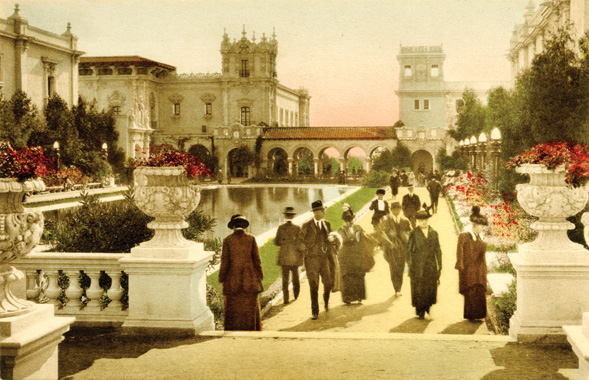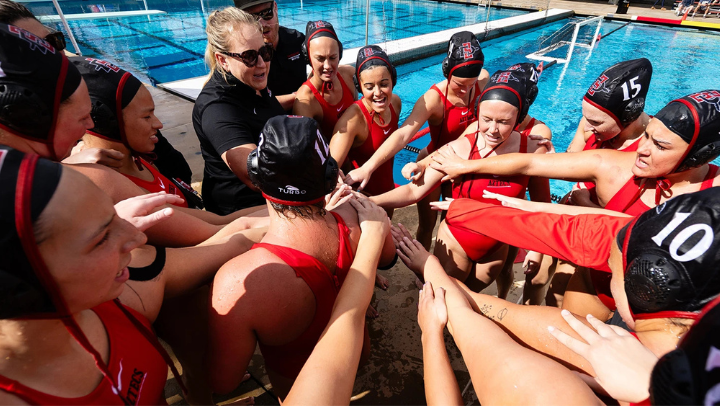Summer of Wonder
San Diego Normal School played a starring role in preparations for the 1915 Panama-California Exposition.

This story appears in the spring 2015 issue of 360: The Magazine of San Diego Stae University.
The lazy days of summer were anything but for students at San Diego State’s first iteration, the San Diego Normal School. It was California’s first normal school to offer summer sessions with the intent to provide additional training for teachers and prospective teachers. But classes were inexpensive (just $2 for the semester in 1909) and they ended shortly after lunchtime, so students could still get in a few hours at the beach.
Within a decade, the Normal School’s offerings were attracting students from almost every California county, many states and Mexico. Classes ranged from child development and grammar school arithmetic methods to Victorian poetry.
Although these sessions were popular from the start, none was more eagerly anticipated than the summer session of 1915. It was to be the Normal School’s contribution to San Diego’s Panama-California Exposition, featuring Maria Montessori, originator of the famed Montessori method of educating young children.
Montessori was an Italian educator and physician who developed a controversial educational system that is both a philosophy of child development and a rationale for guiding that development. It is based on her idea of a child’s developmental need for freedom within limits and an educational environment offering exposure to experiences and materials.
Montessori on campus
Exposition organizers had planned for Dottoressa Montessori to present a special course on her controversial method. It was to feature a demonstration by school children on the exposition grounds in Balboa Park, but details could not be finalized.
Montessori decided to cancel the 10 lectures she had initially promised to give, believing they were too few to allow a thorough presentation of her approach to education. Instead, she agreed to hold a class in a remodeled art studio on the Normal School campus.
As the event approached, the dottoressa refused to allow public viewing of her classroom, citing the distraction it would likely cause both students and staff. But she did invite Normal School students to observe her demonstration class and also delivered lectures at the school that were originally planned for the exposition.
Commencement in Balboa Park
An internationally known figure in education, Montessori’s presence on campus conferred a certain celebrity on the Normal School and San Diego. But even without her demonstrations on its grounds, the Panama-California Exposition attracted crowds.
The exposition celebrated the opening of the Panama Canal, and was meant to attract tourists to San Diego as the first U.S. port of call for ships traveling north after passing westward through the canal. Held in Balboa Park, it attracted two million visitors during its two-year engagement ending Jan. 1, 1917.
The Normal School conducted field trips to the exposition and the 1915 Normal School Commencement was held in Balboa Park.
One hundred years later, a Balboa Park Centennial Celebration recalls the Panama-California Exposition, summer sessions are an accepted part of course offerings on any campus, and Montessori’s method, while still controversial, is a widely recognized alternative to more structured, traditional educational environments.
Meanwhile, just a few miles away from the old Normal School campus and a century removed from that summer of 1915, what is now San Diego State University remains a recognized innovator in the field of education.



